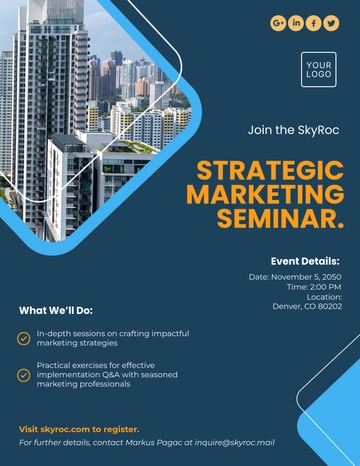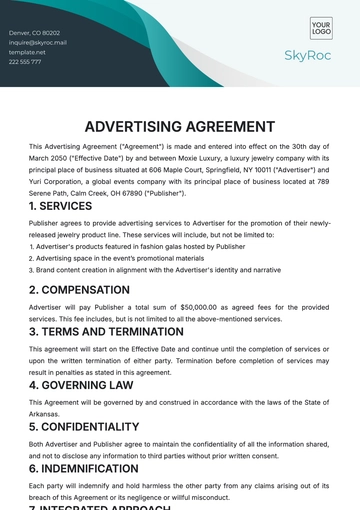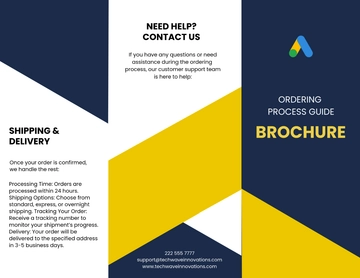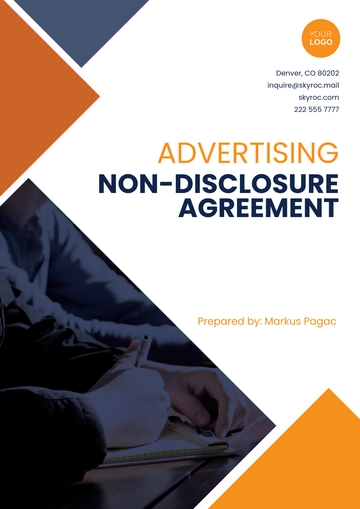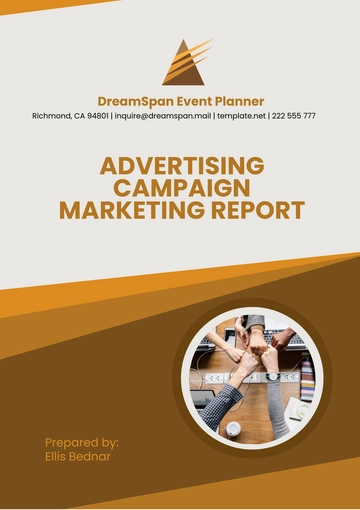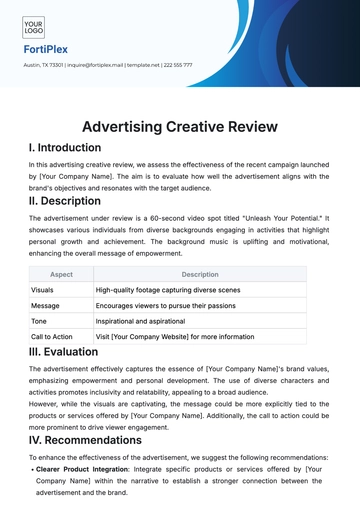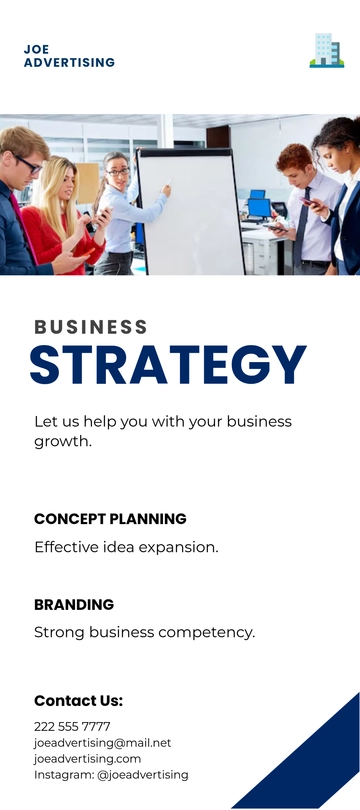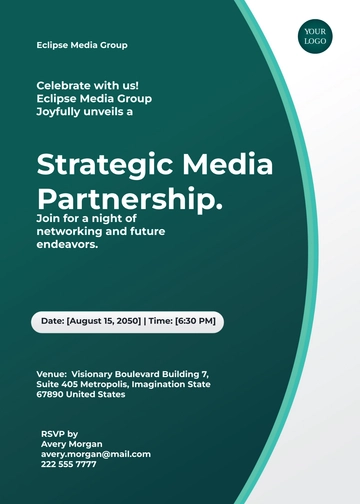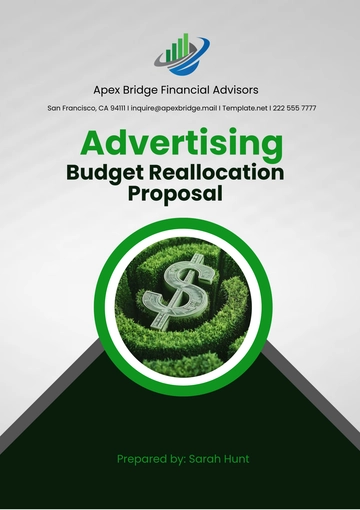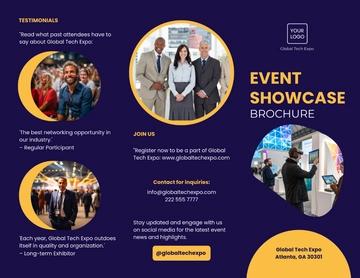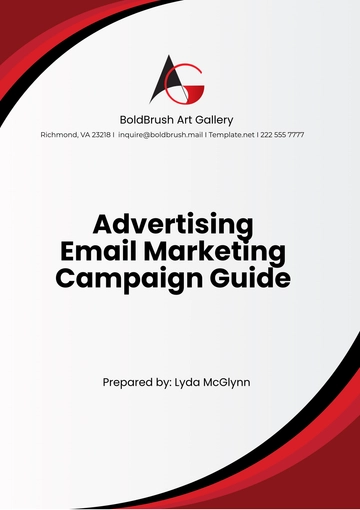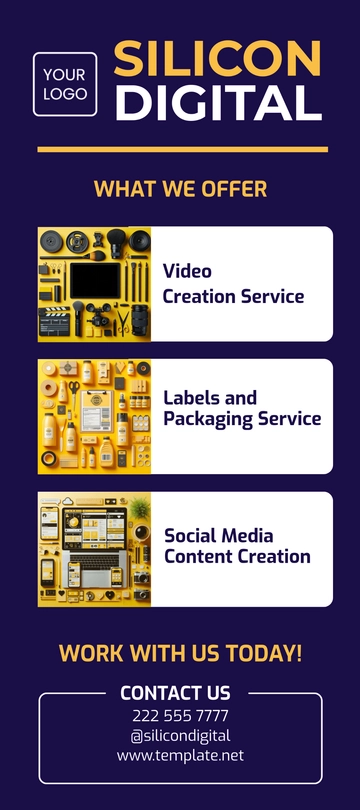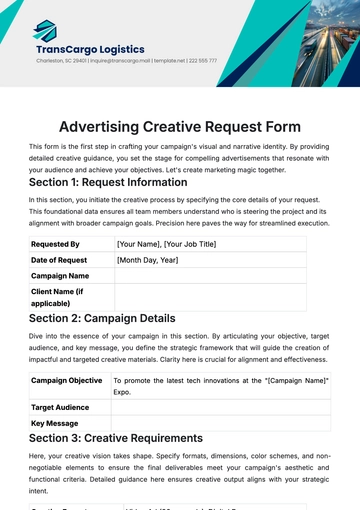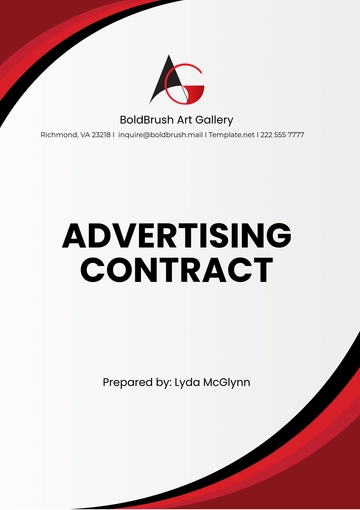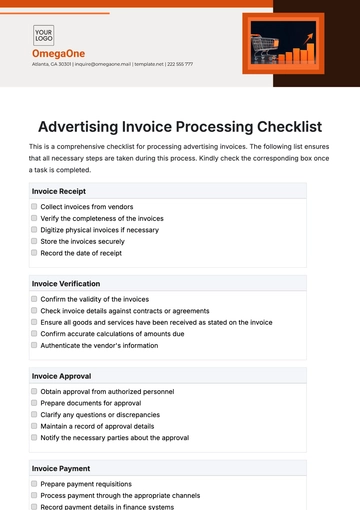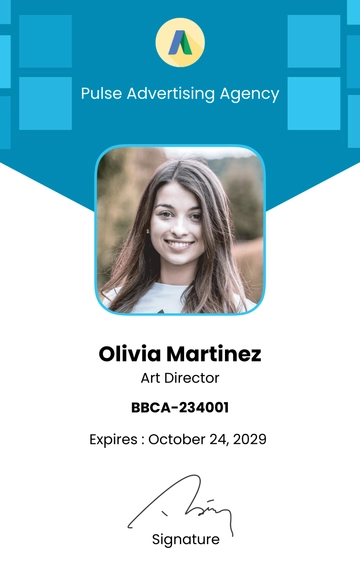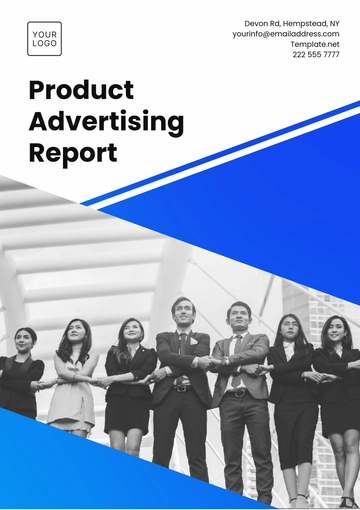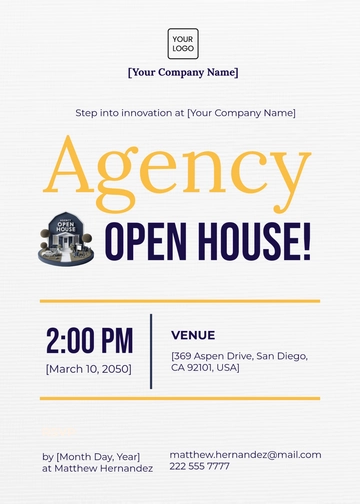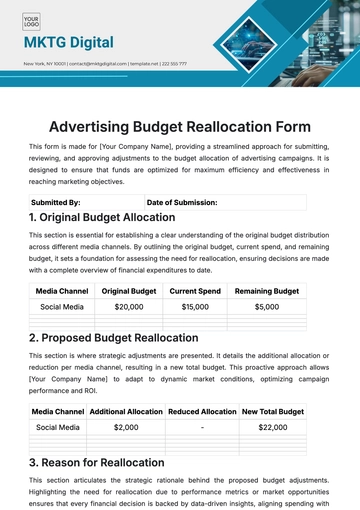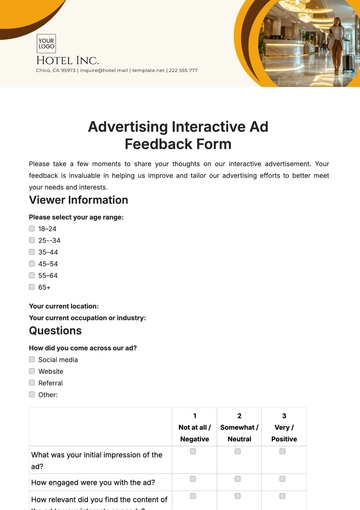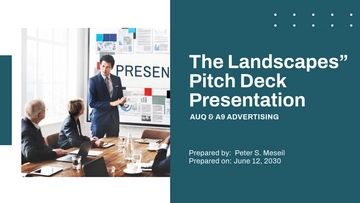Free Event Stakeholder Management Advertising Document
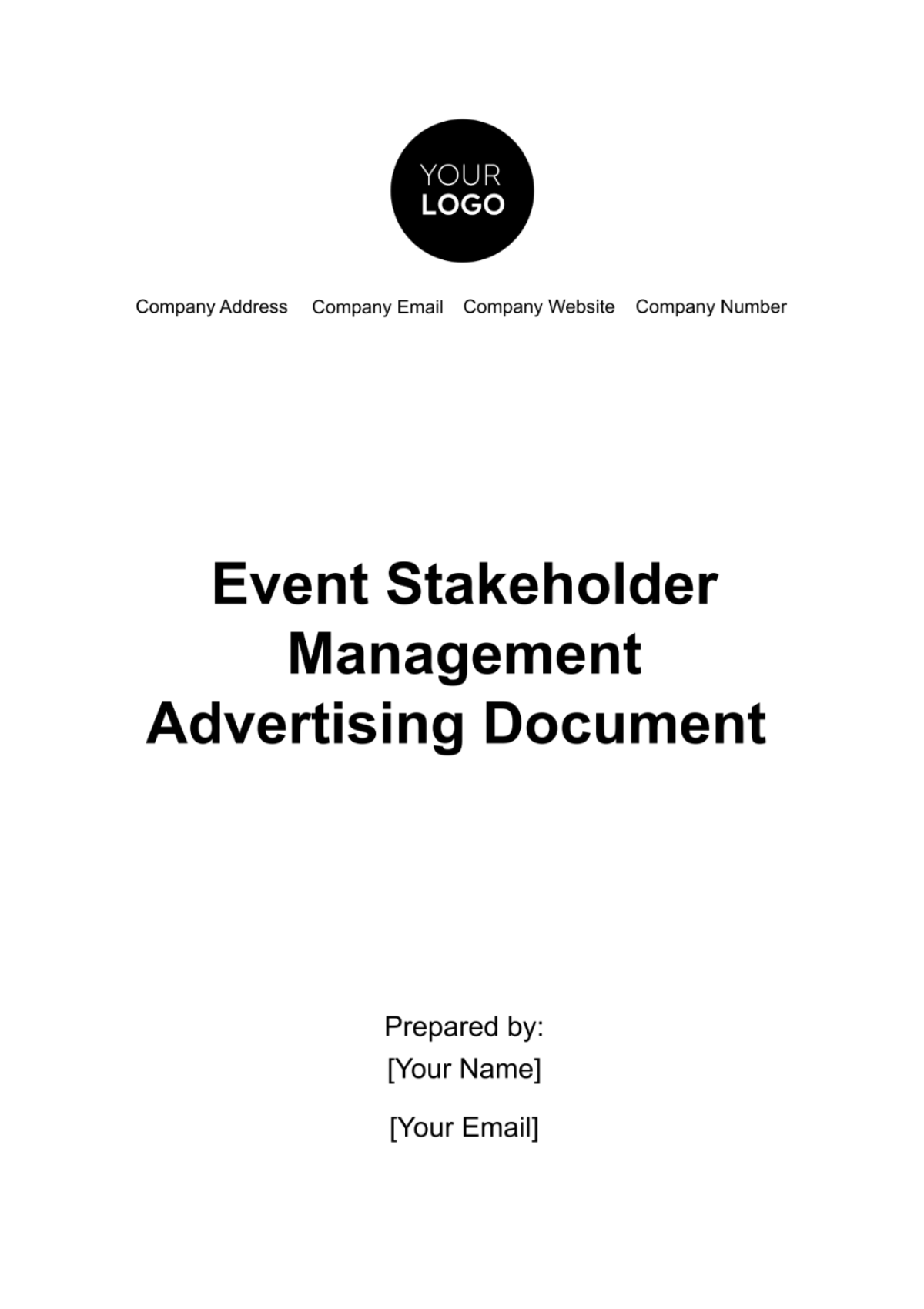
Introduction
This document serves as a guide for managing stakeholders during advertising events organized by [Your Company Name]. Recognizing the diverse array of individuals and groups that contribute to and are impacted by our events, this guide aims to establish a systematic approach to effective stakeholder management.
Executive Summary
This document presents an advanced framework for identifying, engaging, and managing the relationships inherent to our events. With a focus on understanding the varied interests and levels of influence of each stakeholder group, our approach is to exceed their expectations, fostering strong, long-lasting partnerships. By implementing a strategic engagement and communication plan, we aim to create a synergistic environment where every stakeholder’s contribution is valued and their satisfaction is prioritized.
Objectives
These objectives are designed to provide a comprehensive and strategic approach to our stakeholder management, guaranteeing the success and longevity of our advertising events and reinforcing the standing of our company as a collaborative and stakeholder-centric organization.
Comprehensive Stakeholder Identification: To meticulously identify and categorize all potential stakeholders associated with our advertising events, ensuring no significant group or individual is overlooked.
In-depth Understanding of Stakeholder Dynamics: To gain a profound understanding of the unique needs, expectations, and influence levels of each stakeholder group, facilitating tailored engagement strategies.
Robust Engagement and Communication Framework: To establish a robust framework for stakeholder engagement that emphasizes open, consistent, and effective communication, tailored to the preferences and requirements of each group.
Alignment of Event Goals with Stakeholder Expectations: To ensure that the objectives of our advertising events are in harmony with the expectations of our stakeholders, thereby creating mutually beneficial outcomes.
Proactive Management of Stakeholder Relationships: To proactively manage relationships with all stakeholders through regular interactions, feedback mechanisms, and adaptive engagement strategies.
Evaluation and Enhancement of Stakeholder Satisfaction: To continuously measure and enhance stakeholder satisfaction through post-event surveys, feedback sessions, and improvement initiatives based on stakeholder input.
Crisis Management and Contingency Planning: To prepare for and effectively manage any stakeholder-related issues or crises that may arise, ensuring minimal impact on the event and stakeholder relations.
Fostering Long-Term Stakeholder Partnerships: To focus on building long-term, sustainable relationships with key stakeholders, transforming one-time interactions into ongoing partnerships that benefit future events and the company as a whole.
Key Stakeholder Analysis
For successful advertising event management at [Your Company Name], a deep understanding of key stakeholders is essential. This analysis provides a more detailed perspective on each stakeholder group, their interests, level of influence, and tailored engagement strategies, alongside potential impact and expectations.
Stakeholder Group | Interest in Event | Level of Influence |
Clients/Advertisers | High | High |
Media Partners | Moderate to High | High |
Suppliers/Vendors | Low to Moderate | Moderate |
Attendees/Audience | High | Low to Moderate |
Company Employees | Moderate | Moderate |
Industry Experts | Low to Moderate | High |
Engagement Strategy:
The engagement strategy for each stakeholder group is designed to address their specific interests and influence, while also considering their potential impact and expectations. Here's an explanation for each strategy:
Personalized Engagement: This approach is tailored to clients' and advertisers' high stakes in the event. Personalized briefings and VIP experiences make them feel valued and involved, while their input in planning ensures the event aligns with their expectations, thereby enhancing their commitment and satisfaction.
Exclusive Access: Media partners wield significant influence over the event's public perception. Providing them with exclusive content and collaboration opportunities ensures comprehensive and favorable event coverage, meeting their need for newsworthy material.
Clear Communication: Effective management of suppliers and vendors is crucial for the smooth execution of the event. Clear communication and prompt payments build a reliable and mutually beneficial relationship, ensuring high-quality service delivery.
Interactive Experience: Attendee satisfaction is central to the event's success. Providing engaging content and interactive experiences meets their desire for value and involvement, while feedback mechanisms help in continuously improving the event experience.
Inclusive Decision-Making: Employees play a key role in organizing and executing the event. Involving them in decision-making and recognizing their efforts boosts morale, encourages ownership, and enhances the quality of their contributions.
Thought Leadership Opportunities: Engaging industry experts as speakers or content collaborators not only adds credibility and depth to the event but also provides them with valuable platforms for thought leadership and professional networking.
This engagement strategy for each stakeholder group is crafted to ensure their specific needs and expectations are met, thereby maximizing their positive impact on the event and enhancing overall satisfaction and success.
Stakeholder Group | Potential Impact | Expectations |
Clients/Advertisers | Direct influence on event content and structure | High-quality execution, ROI on participation |
Media Partners | Significant impact on event coverage and reach | Newsworthy content, networking opportunities |
Suppliers/Vendors | Impact on event logistics and quality of services | Timely information, fair treatment, potential for long-term partnerships |
Attendees/Audience | Direct impact on event's public reception and future attendance | Value-adding experience, networking, and learning opportunities |
Company Employees | Influence on the execution and representation of the company at the event | Inclusion in decision-making, appreciation of efforts |
Industry Experts | Influence on the event’s credibility and appeal to professional attendees | Opportunities for thought leadership, professional networking |
This analysis helps us in formulating a more targeted and effective strategy for engaging each stakeholder group while making certain that their needs are met and their potential impact is optimized for the success of the event.
Engagement Plan
The following engagement plan for our advertising events offers a comprehensive approach for interacting with each key stakeholder group, detailing specific actions and initiatives to meet their unique needs and expectations.
1. Clients/Advertisers:
a. Engagement Actions: Provide tailored briefings to keep clients informed, involve them strategically in event planning, and offer exclusive previews of event highlights to foster a sense of ownership and anticipation.
b. Initiatives: Deliver elite hospitality experiences during the event, including access to exclusive areas and services. Offer personalized branding opportunities at the event to showcase their products or services.
2. Media Partners:
a. Engagement Actions: Give priority access to breaking news and developments related to the event, and arrange exclusive interactions with high-profile personalities and speakers.
b. Initiatives: Organize collaborative media-centric events to deepen partnerships, such as joint press conferences or media days. Offer joint publicity initiatives to enhance coverage reach.
3. Suppliers/Vendors:
a. Engagement Actions: Conduct comprehensive briefings on event requirements and expectations, maintain consistent communication on progress, and ensure swift resolution of any queries or issues.
b. Initiatives: Host recognition events to acknowledge outstanding suppliers, offering visibility and appreciation for their contributions. Provide opportunities for long-term collaborations and contracts based on performance, along with incentives and rewards for meeting or exceeding expectations.
4. Attendees/Audience:
a. Engagement Actions: Utilize surveys and feedback mechanisms to understand audience preferences and tailor the event accordingly. Include live interactive elements such as polls or Q&A sessions with speakers to enhance engagement.
b. Initiatives: Develop customized event applications to offer attendees a personalized experience, including tailored schedules and content. Facilitate networking sessions to enhance attendee interaction and connections. Provide exclusive post-event content and resources as added value.
5. Company Employees:
a. Engagement Actions: Conduct regular internal briefings to keep employees informed and involved. Hold collaborative ideation sessions to generate ideas and foster a sense of ownership. Acknowledge and celebrate employee contributions to the event.
b. Initiatives: Implement recognition programs to reward significant employee contributions, enhancing motivation and morale. Link professional development opportunities to event roles, offering career advancement and skill development in line with their event responsibilities.
6.Industry Experts:
a. Engagement Actions: Offer opportunities for industry experts to take on headline speaking roles, participate in panels, and lead workshops, showcasing their expertise and insights.
b. Initiatives: Collaborate on producing industry publications and reports, providing a platform for experts to contribute their knowledge. Arrange networking sessions with key company executives and clients to foster professional connections and collaborations.
Each of these strategies and initiatives is designed to foster a positive and productive relationship with our stakeholders, ensuring their needs and expectations are met, thereby contributing to the overall success and impact of our advertising events.
Communication Schedule
The communication schedule for our events is crafted to ensure regular and impactful interactions with each stakeholder group. This schedule outlines a structured timeline for engagements before, during, and after the event.
Stakeholder Group | Pre-Event Communications | During Event Communications |
Clients/Advertisers | Bi-monthly briefings starting 6 months prior, personalized updates | Daily VIP briefings, real-time event updates |
Media Partners | Monthly updates starting 4 months prior, exclusive news alerts | Hourly media center updates, immediate access to breaking news |
Suppliers/Vendors | Detailed briefings 2 months prior, weekly status checks | Immediate response team for day-of queries, daily check-ins |
Attendees/Audience | Fortnightly newsletters starting 3 months prior, interactive pre-event platforms | Live event updates, real-time engagement platforms |
Company Employees | Weekly team meetings starting 3 months prior, role-specific updates | Intra-event communication channels, real-time support |
Industry Experts | Initial engagement 5 months prior, regular content collaboration discussions | On-site support, immediate feedback opportunities |
Post-Event Communications:
Clients/Advertisers: Deliver a comprehensive post-event report detailing the event's impact, audience reach, and ROI. Schedule personalized one-on-one feedback sessions within 1 month to discuss outcomes, gather insights, and explore future collaboration opportunities.
Media Partners: Conduct a detailed review of the event coverage within 2 weeks, including the reach and engagement metrics. Organize follow-up meetings to discuss insights and potential areas for future collaboration.
Suppliers/Vendors: Provide a performance review and constructive feedback within 2 weeks, highlighting successes and areas for improvement. Send out appreciation communications to recognize their contribution to the event.
Attendees/Audience: Send out feedback surveys within 1 week to gauge their experience and gather suggestions. Follow up with thank you messages and provide exclusive access to event content and resources.
Company Employees: Organize debrief sessions within 1 week to review event successes and learnings. Make recognition announcements to celebrate key contributions and achievements.
Industry Experts: Send thank you communications within 1 week, expressing gratitude for their participation and insights. Initiate discussions about post-event collaboration opportunities or future engagements.
This communication schedule is designed to keep all stakeholders informed and engaged, ensuring they are an integral part of the event experience.
Satisfaction Metrics
To measure the effectiveness of our strategies, we have employed specific satisfaction metrics for each stakeholder group. This approach ensures that feedback is accurately captured and used to improve future events.
Stakeholder Group | Metric | Target |
Clients/Advertisers | Client Satisfaction Index | 90%+ satisfaction |
Media Partners | Media Coverage Quality Index | High-quality coverage |
Suppliers/Vendors | Supplier Performance Score | 95%+ satisfaction |
Attendees/Audience | Audience Engagement Rate | 85%+ engagement |
Company Employees | Employee Engagement Score | 85%+ satisfaction |
Industry Experts | Expert Participation Satisfaction | 95%+ satisfaction |
These metrics provide a clear and quantifiable measure of stakeholder satisfaction, enabling [Your Company Name] to continuously refine and enhance the stakeholder experience.
Conclusion
Effective stakeholder management is crucial for the success of advertising events at [Your Company Name]. This document establishes a comprehensive framework for identifying, engaging, and satisfying the needs and expectations of all stakeholders, ensuring that each advertising event we organize is successful, and impactful, and leaves a lasting positive impression on all involved.
- 100% Customizable, free editor
- Access 1 Million+ Templates, photo’s & graphics
- Download or share as a template
- Click and replace photos, graphics, text, backgrounds
- Resize, crop, AI write & more
- Access advanced editor
Introducing Template.net's Event Stakeholder Management Advertising Document Template, an essential tool for organizing successful events. This customizable template, editable in our Ai Editor Tool, streamlines stakeholder communication and coordination. Ensure seamless event execution by managing stakeholders' needs and expectations effectively. Simplify the advertising process for your events, maximizing engagement and impact with our user-friendly platform.
